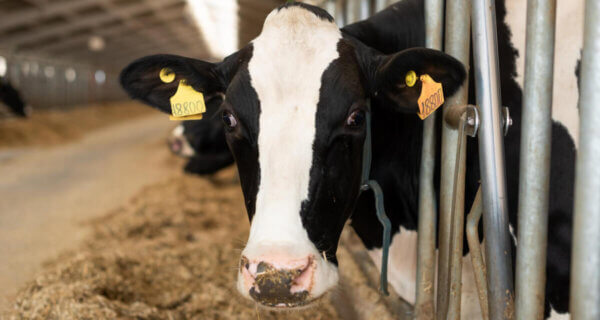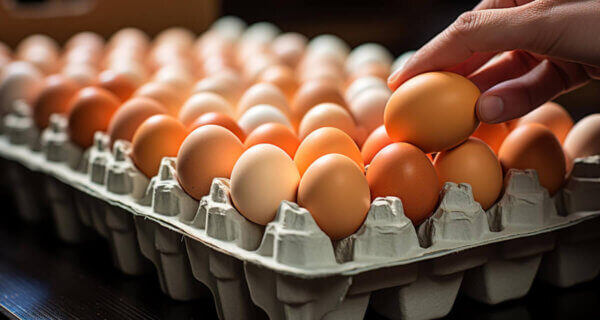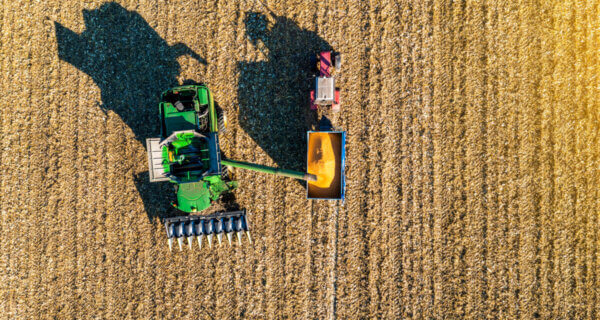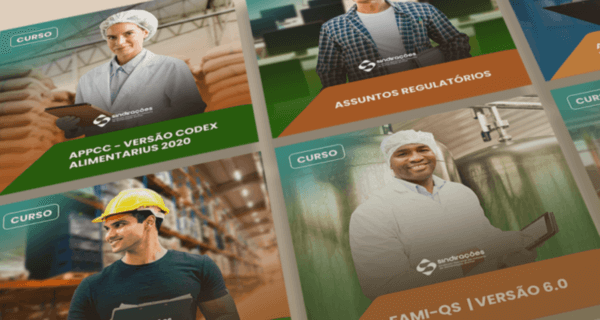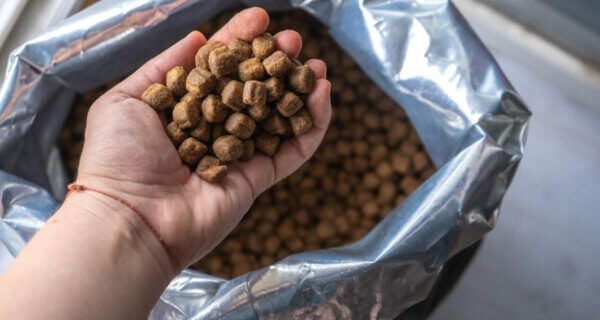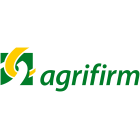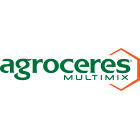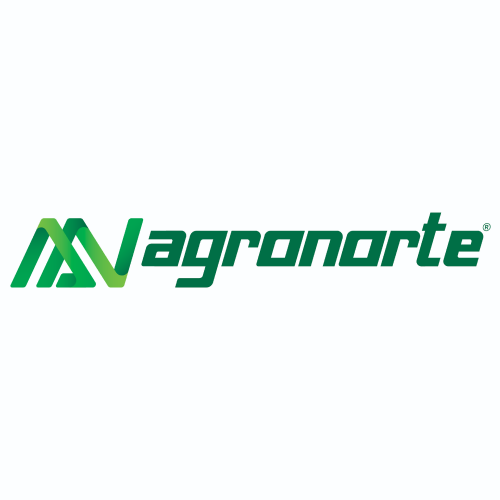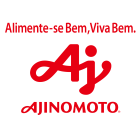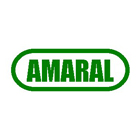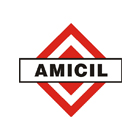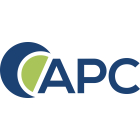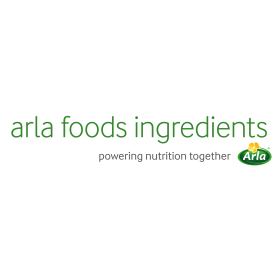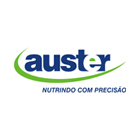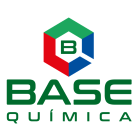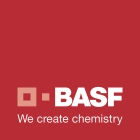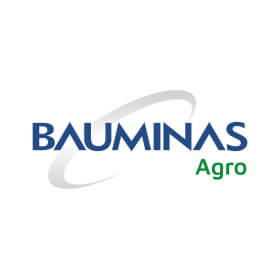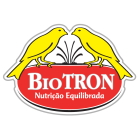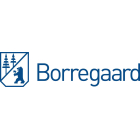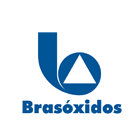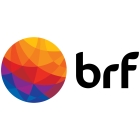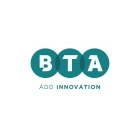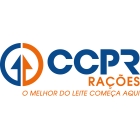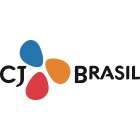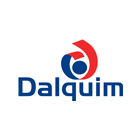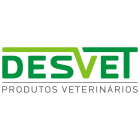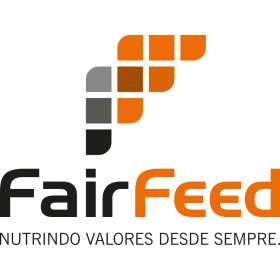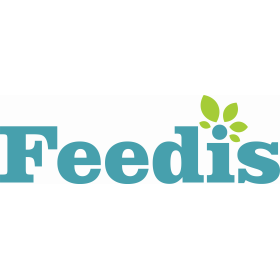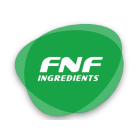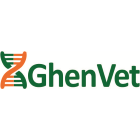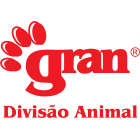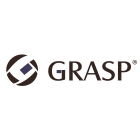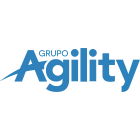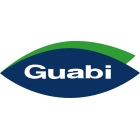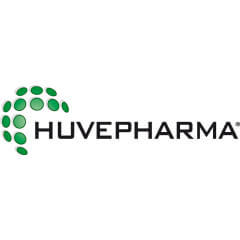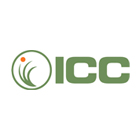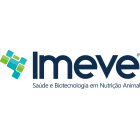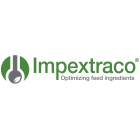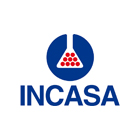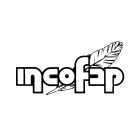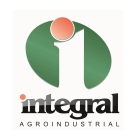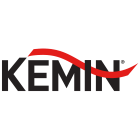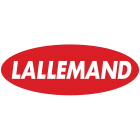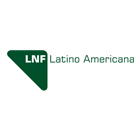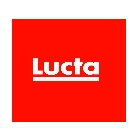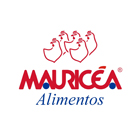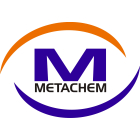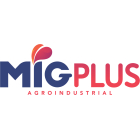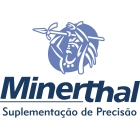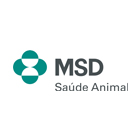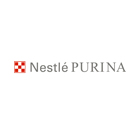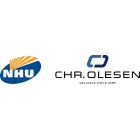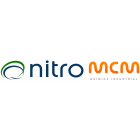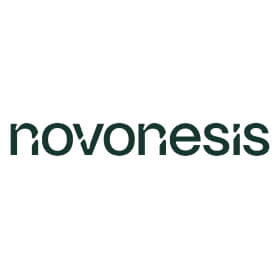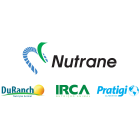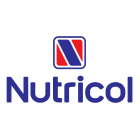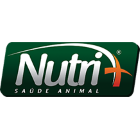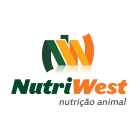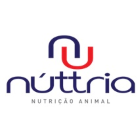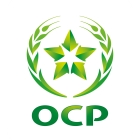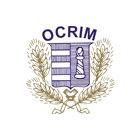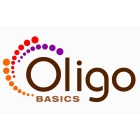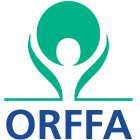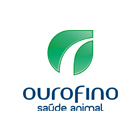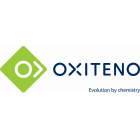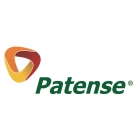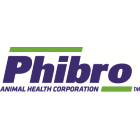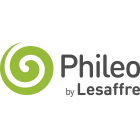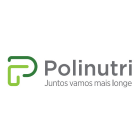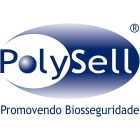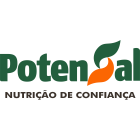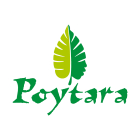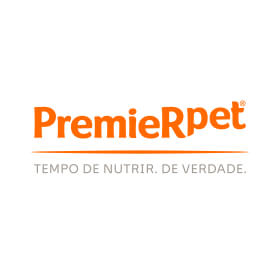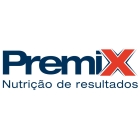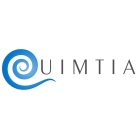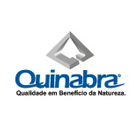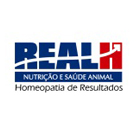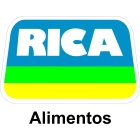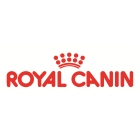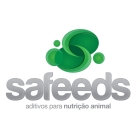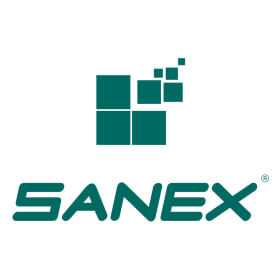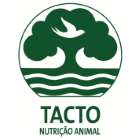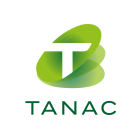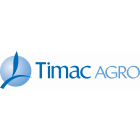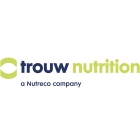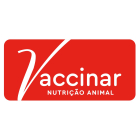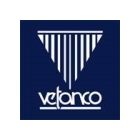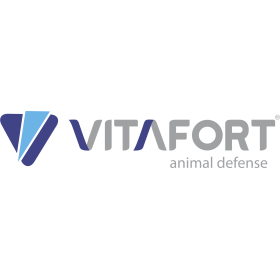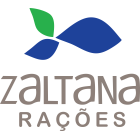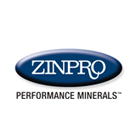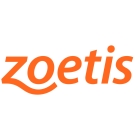25 June 2013 – In addition to producing more food with fewer resources in the future, more food must be affordable and available to the 1 billion that today do not have enough, Mario Sergio Cutait, Chairman of the International Feed Industry Federation (IFIF), told attendees at the recent AgriVision 2013.
Cutait stated that in order to achieve this aim, the different segments of the industry must work together on a strategic plan, which should create value all along the chain, and for all consumers. He added that in some countries people spend 70 percent or more of their income on food, while others do not have enough to eat, and all consumers need food that is safe, sustainable and affordable.
Worldwide, the feed and food industries are growing to meet demand and Cutait said some parts are not fully controlled. As such, parts of the supply chain have a poor image and Cutait stated that the industry has to both address these problems and communicate better what it does right.
Shortly after his presentation, Feedinfo News Service spoke to Cutait to find out more about how the different sectors of the industry should work together to ensure feed and food safety and sustainability.
[Feedinfo News Service] According to the FAO’s latest outlook for 2010 to 2050, animal protein/million metric tons will grow by 1.7 percent per year. However, you challenged whether this is the right message in your presentation. Please could you elaborate?
[Mario Sergio Cutait] As you know nothing is harder to predict than the future, but if you look at the annual growth rates of animal protein consumption from the last 40 years and project this into the next 40 years until 2050, you actually see an eight-fold increase. For example aquaculture would go from ca. 60 million tonnes in 2010 to 1,770 million tonnes in 2050.
I believe that even after the 2008 US crisis and 2012 EU crisis, the consumption of animal proteins, including aquaculture products as well as dairy, did not decrease. Consumers switched from more expensive animal proteins like beef to better value ones like poultry. In addition we see China importing huge volumes of milk and fish.
I think that we will probably see somewhat higher growth in animal protein than 1.7 percent per year, particularly in aquaculture.
However the key message I want to make is that we need to look at the numbers together and continuously work on these figures, as well as on common methodologies, in order to improve our medium-term outlook for the next 10-20 years. For example, there are no agreed upon figures for global compound feed production. To improve this, IFIF and the FAO Statistics Division have recently agreed to collaborate on collecting, analysing and validating global feed statistics. Our joint effort should result in a harmonisation of global feed statistics.
[Feedinfo News Service] Why is global industry collaboration so important when it comes to producing more food sustainably?
[Mario Sergio Cutait] The global food industry, which includes the feed industry, is a large segmented chain: from agriculture and animal genetics, to seeds, fertilizers, agrochemicals, animal health, feed additives, pre-mixers, compound feeds, on farm mixers, coops, all the way to aquaculture farming, poultry and swine integrators to the pet food industry.
Each one of these parts of the chain defends its own interests through its own associations or the companies themselves. However we all face common challenges as we see how we can produce 60 percent more food, or more perhaps, and do so sustainably by 2050.
Currently there is no real forum where we can discuss our common challenges, opportunities and differences. I personally think it is vital for our industry and the whole agri chain to have a common united message towards consumers, stressing feed and food safety, quality and innovation which really must be the basis of the global agricultural chain.
We as producers are the ones who must drive food safety issues. We are the ones with knowledge, with the science, and we are the ones who work for fair and barrier free international trade. This not only benefits our industry but really benefits consumers, by providing safe quality products at affordable prices in many parts of the world.
When the agricultural chain has no clear and common message to consumers and to the media, others speak about us, for example NGOs and supermarkets. I believe that as a chain we are much stronger if we work together and make our case for our industry more coherently to show how we contribute to the sustainable supply of safe, healthy feed and food.
[Feedinfo News Service] How can the industry improve some consumers’ negative image of the meat industry? What key messages are not being heard?
[Mario Sergio Cutait] It is very important to tell our positive story, how we contribute to the sustainable supply of safe, healthy feed and food and we have to make our case based on science, not ideology. I personally have great faith in consumers, who decide on a daily basis to eat animal protein or not, to make these decision on an informed basis. However we as an industry have to inform consumers better.
I believe sustainability and animal welfare are not optional, and I know this reflects many consumers concerns and wishes. At the same time, we have to be open towards innovation and technology, which will be the basis of producing more and better food over the next 40 years. For example biotechnologies, GMOs, responsible use of antibiotics, use of animal by-products are here to stay, and form a part of the chain.
However we always have to respect the consumers right of choice, and I believe it is vital we continue to provide choices to consumers. But we have to deliver the right message, and continue to tell our story based on facts. For example, organic food is a choice for consumers, however we have to make clear that the assumption that organic foods are inherently safer, is not true.
It is imperative and urgent that the chain has a proactive action and a strategic plan. We have to start talking about the very positive facts of our industry, for example improving feed conversion, using ingredients more efficiently, farm management. We also should have more scientists talk to people outside of the chain, such as human doctors, about how safe our products are and how we produce them.
Finally I believe we have to speak outside the box. We have hundreds of agricultural related conferences every year to deliver the same messages to the same people, but we should be speaking to consumers, the general media, and human doctors, just to name a few.
[Feedinfo News Service] What steps need to be taken in order for there to be better communication within the animal protein food chain itself?
[Mario Sergio Cutait] IFIF has approached many in the feed and food chain to work together with the objective to share our vision, mission and values and find a common voice. At our recent 4th Global Feed & Food Congress in South Africa in April 2013, we made a special effort to bring others from the food chain to be with us as speakers and participants, including the Dairy Federation, the Meat Secretariat, the Animal Health Federation, the Fish & Oil organization, and, I believe importantly, the International Consumer Organization. These are first steps and I look forward to working with our partners along the chain to address the challenges and look for opportunities to collaborate and to communicate with one voice.
[Feedinfo News Service] How can IFIF contribute to reaching the goal of producing more, using less, at a fair cost to the final consumer at a global level?
[Mario Sergio Cutait] I believe it is not fair when there are quite significant divergences in the cost of food in developing and poor countries, where consumers often have to pay higher VAT and local or federal taxes on food, than in rich countries, for example. Feed represents up to 70 percent of animal protein costs and as an industry we continue to strive to be more efficient and sustainable, which will translate through to the final price the consumer pays. This can be achieved through continued innovation and new and better technologies and we believe the acceptance and approval of new technologies will continue to be extremely important.
Market protection and subsidies do not bring any advantage to consumers. IFIF strongly supports open, barrier free and fair trade and we think international trade has an important role to play in improving food security and addressing the issue of food price volatility.
But let’s be frank: we cannot forget the 1 billion under- and malnourished people in the world. So I think there is a huge side issue here that we still need to address as a global society.
[Feedinfo News Service] What roles do governments play in advancing animal protein production in an era of constrained resources and what is being done to ensure closer relationships between governments and the industry?
[Mario Sergio Cutait] Governments have very important roles in the global production and supply of food. They are the ones that set local laws, international standards, and enable or hinder international trade. In addition they can encourage innovation and reduce or increase taxes on food for the final consumer.
That is why IFIF engages with international governmental organisations, such the FAO, the OIE, the WTO, the WHO to ensure that we work together to support the production and enable the trade of safe and healthy feed and food, while setting international standards that can really apply globally to provide safe feed and food.
I also believe it is the time for global leaders to take food as an issue very seriously. When they meet at the G8 or G20, agriculture is usually not a top priority. The Brazilian former Minister of Agriculture, Roberto Rodrigues, has proposed a Global Food Producers (GP) 7 or GP 9 – a group composed by the food producers’ countries that will really be the main producers to feed the 9 billion people in 2050. USA, Brazil, Argentina, Nigeria, Mozambique, Ukraine, Russia are all potential candidates. I personally support his idea.
Furthermore, IFIF has just updated its “Comparison of Approval Process and Risk-Assessment procedure for Feed Ingredients” study, which examines the similarities and differences between the legislative systems in the EU, the USA and Canada to include China, Brazil, Japan and South Africa.
At the 6th FAO IFIF International Feed Regulators Meeting (IFRM) in South Africa we announced that we would work with regulators from Europe, Canada and USA to undertake a global regulatory convergence project, which should provide regulators with a basis of convergence regarding authorisations, operators’ certification, and control practices. So just on the scope of mutual recognition and convergence of legislative frameworks there is still a lot that can be done.



